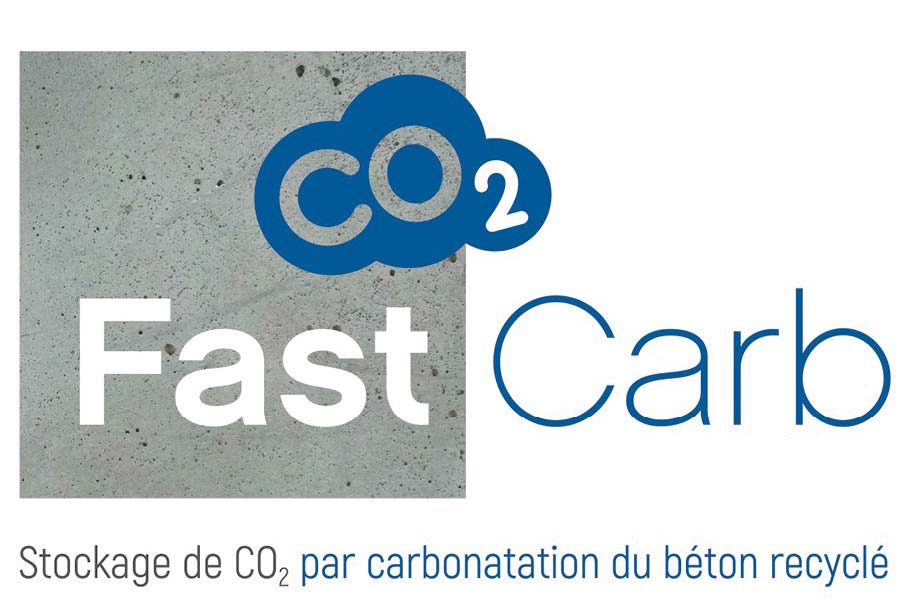(Re)Carbonation
A little-known fact about cement is that it is a carbon sink!
A natural reaction
Hydrated cement used in concrete or mortars naturally absorbs CO2 during its lifetime, a process known as (re)carbonation, thus removing carbon from the atmosphere. This permanently locks CO2, providing a stable long-term CO2 storage solution. The process can even boost concrete strength by increasing the density of its pore structure. During the life of a built structure, up to 25% of the process emissions related to the production of the cement can be absorbed.
The Intergovernmental Panel on Climate Change (IPCC) recognises the phenomenon of (re)carbonation for carbon removal, even though it is currently not considered in the countries’ GHG emissions inventories. Recent studies have shown that it is possible to make robust calculations of the amount of CO2 absorbed by the building stock as a whole.
The cement industry is currently working on developing a suitable global methodology. It would allow a country to account for the CO2 removal thanks to concrete carbonation.
Designing for permanent storage
Concrete in the built environment offers opportunities for permanent storage of carbon. CO2 uptake by (re)carbonation is a natural process for concrete surfaces exposed to air. Reinforced concrete is designed so that carbonation happens slowly during the life of the structure (in order to avoid corrosion of reinforcement bars), and at a greater rate after demolition and crushing. However, innovative design for recycling of building elements as well as improved handling of construction and demolition waste could maximise the (re)carbonation potential.
FastCarb project
(Accelerated carbonation of recycled concrete aggregate – www.fastcarb.fr) is a collaborative project that brings together several firms and research institutes (21 partners) to:
- optimise the accelerated carbonation process under laboratory conditions in order to obtain a solution which can be transposed to the industrial scale at a reasonable cost, and
- show that the process could be used under industrial conditions (in particular, a pilot test in a cement production plant).
How can policy help?

As the IPCC recognises the phenomenon of carbonation for carbon removal, countries should use a suitable global methodology to account for the CO2 removal to calculate the average net emissions of all cements produced.

